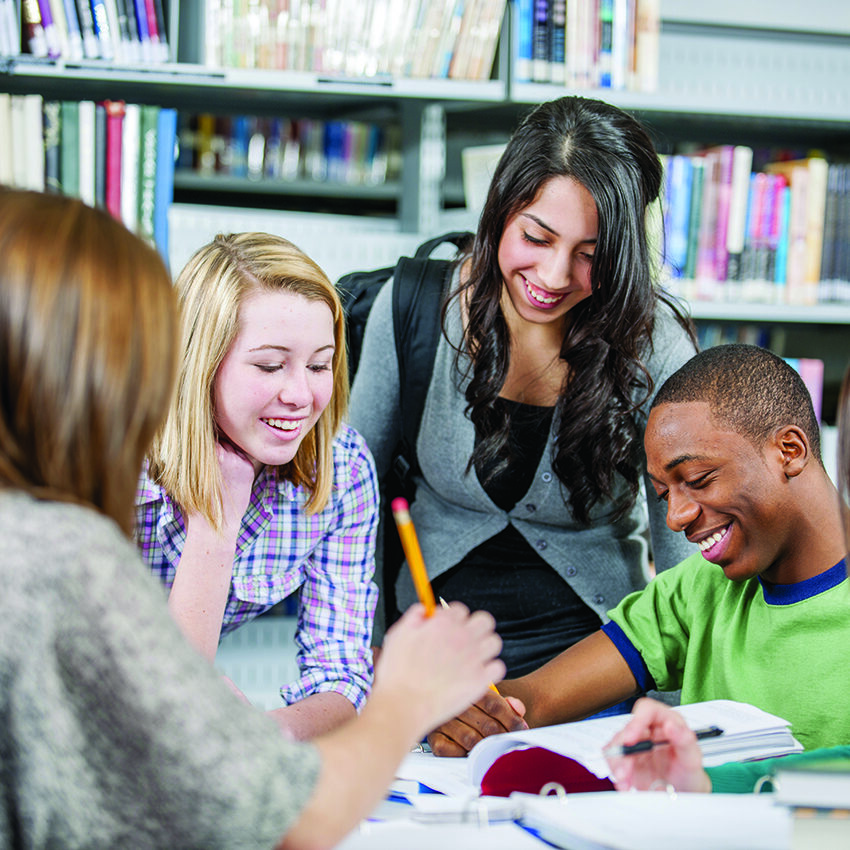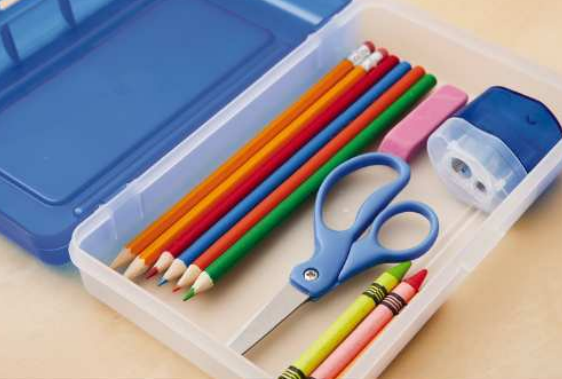Studying is vital to academic performance. At the dawn of a new school year, students get a fresh start to improve upon or continue strong their study habits. Teachers will be rolling out their curricula, and that may feel overwhelming. However, optimizing study skills can boost confidence in school and in areas outside of the classroom. These study tips can put students on a path for success.
Find Your Optimal Study Space
The ideal study spot varies from student to student. Some need a quiet nook in the library, while others may prefer the sounds of nature while seated on a park bench. There’s no one-size-fits-all study location, so students may need to experiment with what works best for them. Also, The Princeton Review says that a student doesn’t need just one study space. He or she may find a change of scenery can prompt the brain to retain information better.
Devise A Study Plan
Setting goals and a plan of attack allows students to space out their studying over several days. This can reduce stress and make the task seem less cumbersome.
Avoid Cram Sessions
Devising a study plan is better than cramming the night before a test. The American Psychological Association says students may perform well on a test for which they’ve crammed, but that doesn’t mean they’ve truly learned the material. Studying with a goal of retaining the material long-term is important.
Learn How To Actively Study
Some students think that studying requires reading over the material or highlighting text. Active studying involves engaging with the material and constructing meaning from the text. One way to engage with the material is to try acting as the teacher and explaining concepts to another person. Creating a study guide or even concept maps also helps one actively study.
Balance Intensity with Laid-Back Study Approaches
Students may procrastinate with their studying because they don’t want to devote a lot of time to the task. Instead, they can do shorter sessions mixed with longer sessions of studying. In fact, The Learning Center at the University of North Carolina at Chapel Hill says shorter, intensive study time can be more effective than drawn-out studying.
Ask For Help
Asking a teacher or another student for help is not a sign of weakness. It’s a good strategy to develop early on. The longer one waits, the more difficult it may be to catch up on material. Asking for help goes hand-in-hand with setting up a buddy system for studying. Study groups enable students to go over material together, which can provide different perspectives and help the material resonate more effectively.
Students will spend a lot of time studying while in school. Learning how to do it effectively is vital to fulfilling one’s academic potential.















